How To Grow Corn |
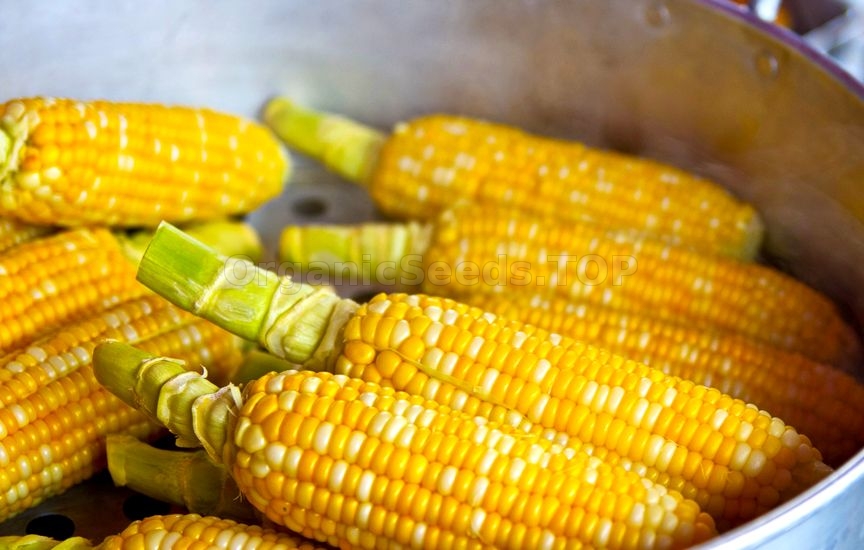 Corn is more American than apple pie and it’s been cultivated in North American gardens for more than 4,000 years. Even though it takes up a large share of garden space, many gardeners make room because of the unbeatable sweet taste of fresh-picked ears. The sugar in the kernels of ears of open-pollinated sweet corn varieties starts changing to starch almost as soon as you pick the ears. However, plant breeders have developed dozens of new and ever-sweeter cultivars that retain their sugar content for days. If sweetness is your prime goal, choose varieties listed as supersweet (abbreviated as sh2 in seed catalogs), but keep in mind that these may not be as vigorous as other types of sweet corn. If you prefer good old-fashioned corny flavor, pick standard (su) varieties. For a compromise between sweetness and vigor, choose sugary-enhanced varieties (se). If you like to experiment with the latest innovations, try planting a synergistic variety. These varieties produce ears with a combination of sugary-enhanced kernels and supersweet kernels on each ear. Whichever type you decide to grow, it’s a good idea to check with other local growers or your Cooperative Extension service to see what varieties have a good track record in your area. If you have lots of garden space, you may also want to try growing some popcorn or ornamental corn, which have similar planting and care needs as sweet corn. Planting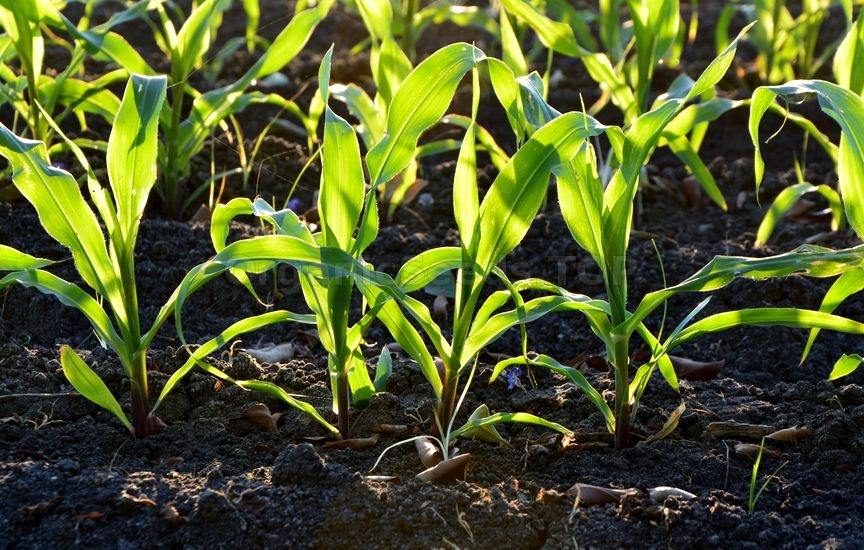 Corn is very susceptible to frosts. Look out for the 7 Sure Signs Of Frost to know if a cold snap will kill your crop. Corn doesn’t transplant well, either, so if you garden in a short-season area and want to start corn indoors, use biodegradable pots to avoid disturbing the roots at transplanting time. It’s better to wait until all danger of frost is past and the soil warms up to the 60 degrees needed for seed germination. If the weather stays cool, spread black plastic on the planting area to warm the soil more quickly. If you want corn only for fresh eating, plant a minimum of 10 to 15 plants per person. To extend your harvest, sow an early-maturing type every 2 weeks for 6 weeks, or plant early, mid-season, and late types at the same time. To avoid cross-pollination, keep different corn cultivars (especially supersweets) 400 or more yards apart, or plant them so they tassel 2 weeks apart. Site your corn patch in a sunny, wind-protected area. Corn is an extremely heavy feeder, especially on nitrogen, so it thrives in a place where soil-enriching crops like beans, hairy vetch, or clover grew the previous season, or add 20 to 30 pounds from the compost pile per 100 square feet to the soil as you prepare it for planting. 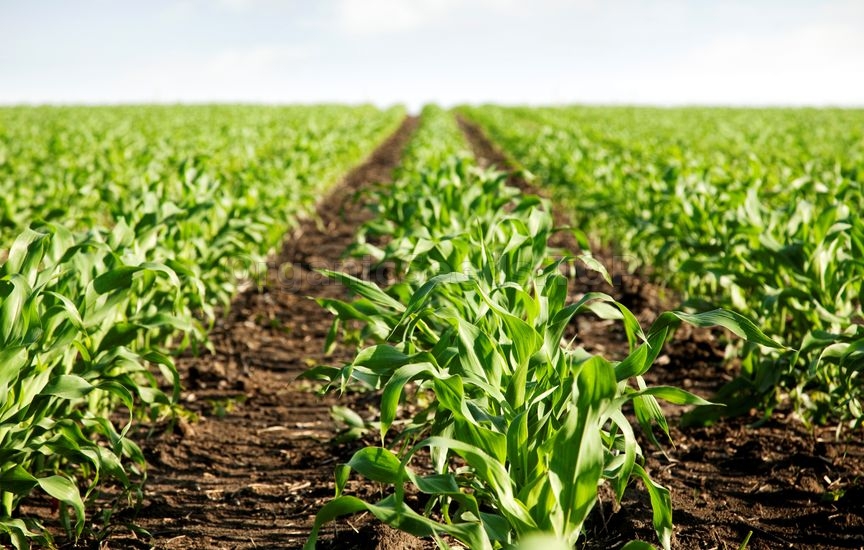 The best way to promote complete pollination is to plant corn in blocks rather than long individual rows—a block should be at least three rows wide. If you plant only one or two rows, hand pollinate to improve kernel formation. For early plantings, sow seeds only 1 inch deep; in the hot weather of midsummer, plant them up to 2 inches deep. The average germination rate for sweet corn is about 75 percent, so plant three seeds together every 7 to 15 inches. They should germinate in 7 to 10 days. Thin to one plant every 15 inches. To avoid disturbing remaining plants, remove unwanted seedlings by cutting them off at soil level. Growing Guidelines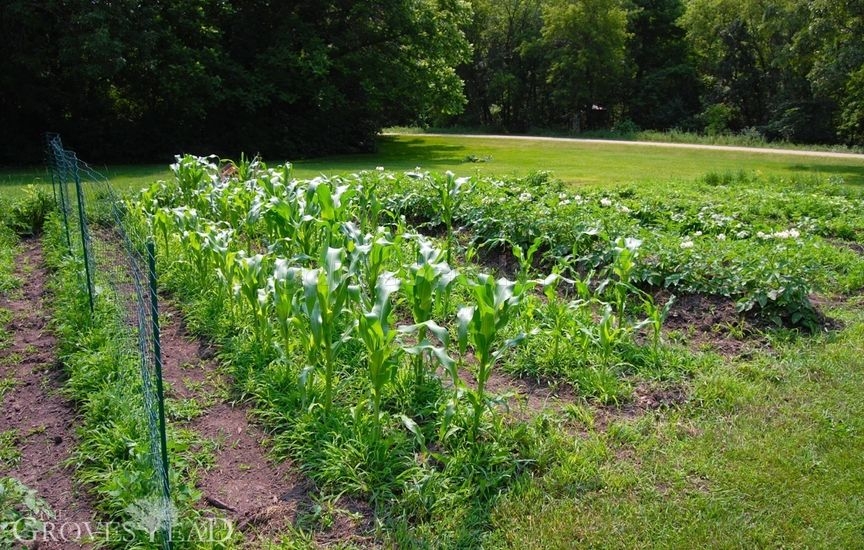 Corn can’t compete with weeds, so be sure to utilize The Most Effective Way To Remove Weeds thoroughly around the stalks for the first month of growth. After that, corn’s shallow roots will spread out as much as 1 foot from the stalk; be careful not to disturb these roots, because it’s easy to damage them. Instead, apply mulch to prevent weeds from sprouting. Corn needs about 1 inch of water a week, particularly when the stalks begin to tassel. Water stress during pollination will result in ears with lots of missing kernels, so don’t skip watering your corn patch. Apply water at the soil surface by using a soaker hose or drip irrigation. Avoid spraying plants from above, which could wash pollen off the flowering tops. When the stalks are 6 inches tall, side-dress them with blood meal or diluted fish-based organic fertilizer, and repeat the feeding when they are about knee-high. Don’t remove any side shoots or suckers that appear; they won’t harm production, and cutting them might damage roots. Problems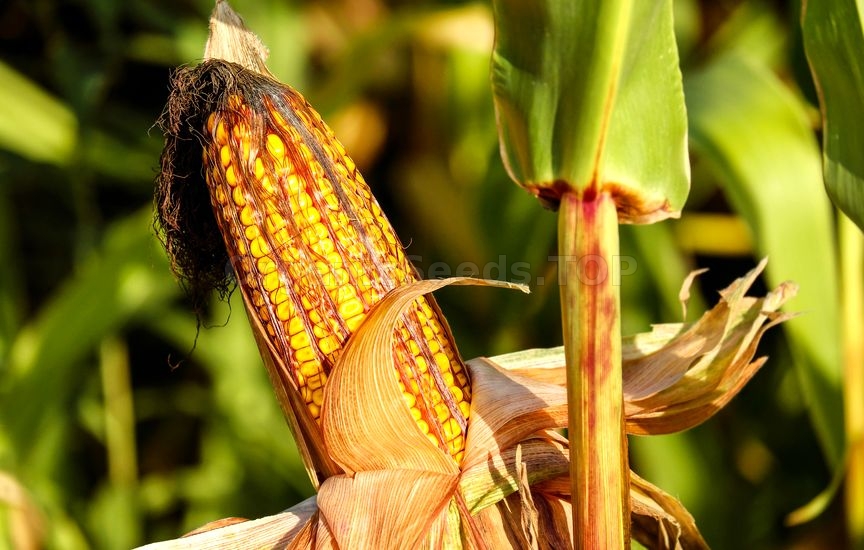 Cutworms sometimes attack corn seedlings and flea beetles may chew holes in the leaves of young plants. Corn earworms are one of the best-known corn pests. They also attack tomatoes and are most prevalent in the southern and central states. Earworm moths lay eggs on corn silks and the larvae crawl inside the husks to feed at the tips of the developing ears. The yellow-headed worms grow up to about 2 inches long and have yellow, green, or brown stripes on their bodies. To prevent earworm problems, use an eyedropper or spray bottle to apply a mixture of vegetable oil, Bt (Bacillus thuringiensis), water, and a few drops of dishwashing liquid to the tip of each ear several days after the silks emerge. Or you can try pinning a clothespin to the tip of each ear once the silks start to turn brown to prevent the worms from crawling through to the ear. European corn borers are 1 inch long, flesh-colored worms marked with tiny black dots that feed on foliage, especially near the top of the stalk where the leaves emerge. They also bore into the developing ears. Bt and spinosad are effective controls if applied early, before the borers tunnel into the stalks. Corn borers overwinter as full-grown larvae in weed stems and old cornstalks. Pull up and destroy such winter refuges to break their life cycle. 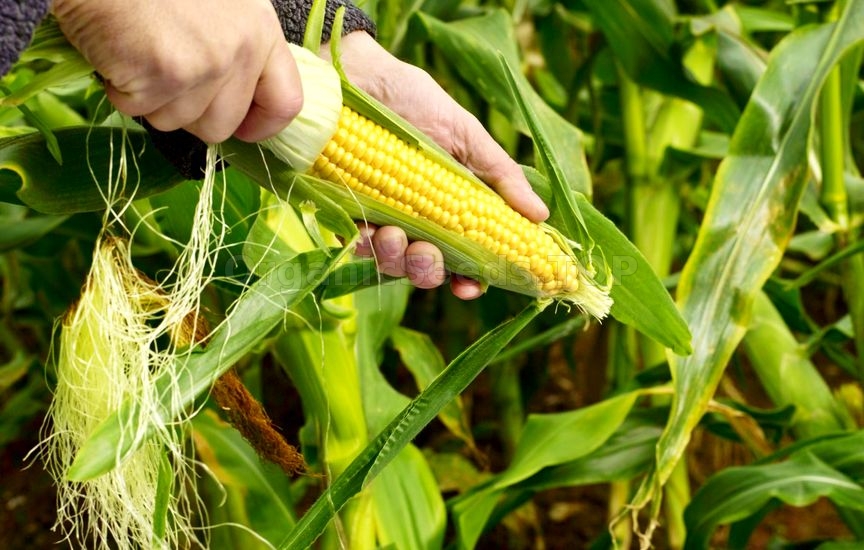 Cucumber beetle larvae, also known as corn rootworms, feed on corn roots, causing plants to weaken and collapse. Adults are yellow beetles with black stripes or spots. To kill the rootworms, apply Heterorhabditis nematodes to the soil. Seed-corn maggots attack kernels planted too deeply in cool soil. These yellowish white maggots are ¼ inch long, with pointed heads. If they attack, wait until warmer weather to plant another crop at a shallower level. Animal pests can seriously reduce your corn yields. Birds may be a problem at both seeding and harvesting time, while raccoons are fond of the ripening ears. Clean garden practices, crop rotation, and planting resistant hybrids are the best defenses against most diseases, including Stewart’s wilt, a bacterial disease that causes wilting and pale streaks on leaves. Corn smut makes pale, shining, swollen galls that burst and release powdery black spores. Cut off and dispose of galls before they open. If necessary, destroy affected plants to keep smut from spreading. It can remain viable in the soil for 5 to 7 years. Hand Pollinating Corn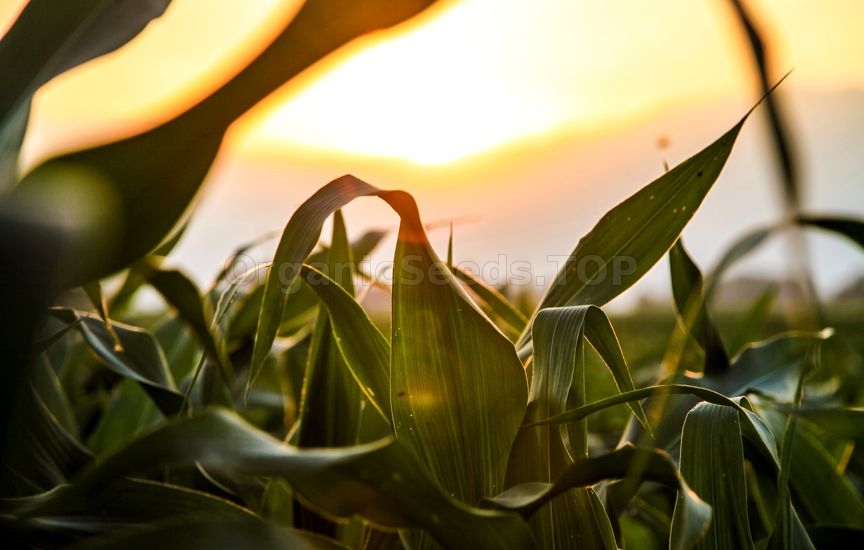 In order to produce kernels, wind must deposit pollen from the tassels (plant tops) onto each of the silks on the ears. Every unpollinated silk results in an undeveloped kernel. If you’re planting only a single or double row of corn plants, you can improve pollination by transferring pollen from tassels to silks yourself. Collect pollen as soon as the silks emerge from the ears and the tassels have a loose, open appearance. Wait for a morning when there’s no breeze, and shake the tassels over a dry bucket or other container to release the pollen. Collect pollen from several plants. Immediately transfer the pollen into a small paper bag and sprinkle the powdery material onto the silks of each ear in your corn patch. Repeat once or twice on subsequent days for best results. Harvesting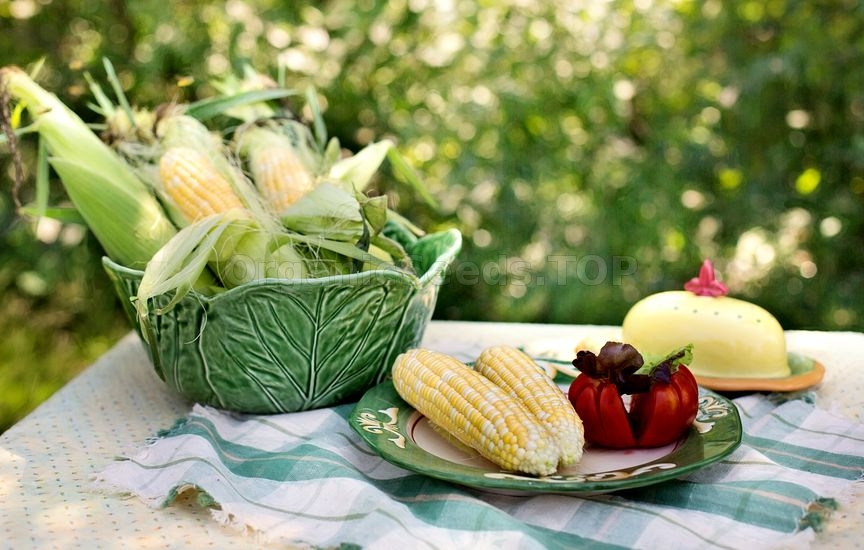 Three weeks after corn silks appear, start checking ears for peak ripeness. Pull back part of the husk and pierce a kernel with your thumbnail. If a milky liquid spurts out, the ears are at prime ripeness—rush those ears to the table, refrigerator, or freezer. Ears on the same stalk usually ripen a few days apart. A completely dry silk or a yellow or faded-green sheath means the ear is past its prime. Leave ornamental corn and popcorn on the stalks to dry until the first hard frost. If the weather is cloudy and wet, cut and stack stalks in a cool, dry place until the corn dries. You may need:Organic Corn Seeds«Black Aztec» - Organic Corn Seeds«Popcorn White» - Organic Corn Seeds«Popcorn Yellow» - Organic Corn Seeds«Glass Gem» - Organic Corn Seeds |
|
|
